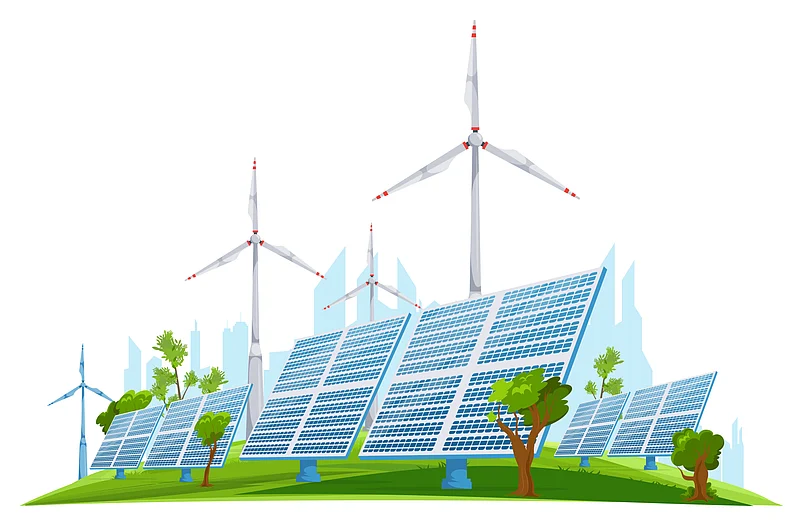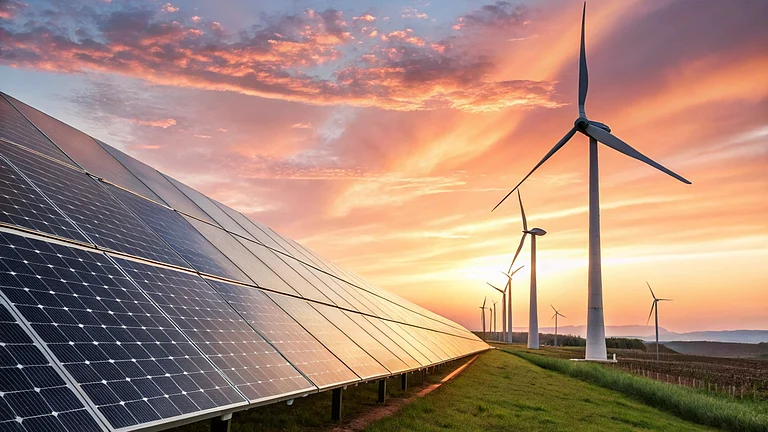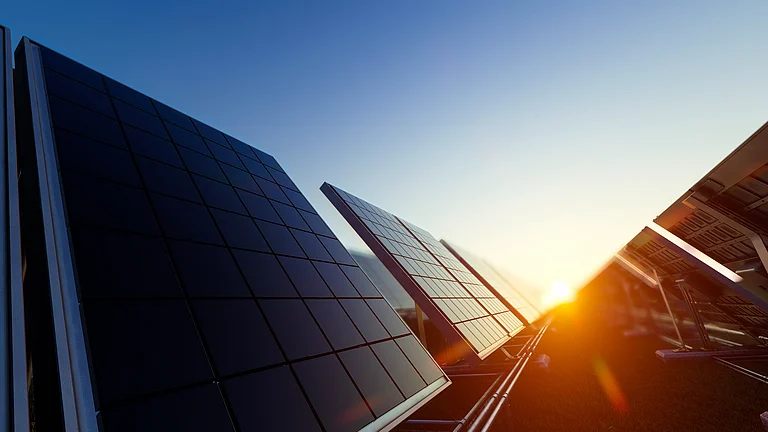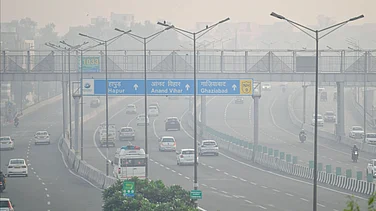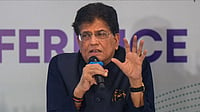India’s renewable energy sector made notable strides in FY24, with wind and solar power generation experiencing an upswing, according to a report released by Fitch Ratings. This growth, attributed to reduced payment delays from distribution companies (discoms), is seen as a critical factor in moving the country closer to achieving its ambitious goal of generating 500 GW of renewable energy by 2030.
Fitch's report, highlighted that clean power producers received payments from discoms more promptly than in the previous fiscal year, leading to a substantial improvement in cash flow. The report noted that receivable days for revenue from power sales across its rated portfolio decreased to approximately 100 days in FY24, down from around 140 days in FY23. Specifically, solar energy receivable days improved to 88 from 117, while wind energy receivable days shortened to 112 from 165.
The increase in renewable energy generation in FY24 reflects India's alignment with the global shift towards cleaner energy sources. Despite facing challenges such as slow adoption, high import costs, and expensive capital for energy generation, the sector has demonstrated resilience. Solar energy generation rose by 2 percent, as anticipated, while wind energy saw a more significant 8 percent increase, recovering from a 5 percent decline in FY23. However, wind energy generation slightly underperformed Fitch's expectations due to lower-than-expected resource availability.
The improvement in cash flow for renewable energy producers was further supported by the government’s late payment surcharge initiative, which incentivises timely payments from discoms. This led to better overall collections for both wind and solar assets, with overdue payments from most state distribution companies being cleared. Additionally, sovereign-owned entities and commercial and industrial customers have largely been punctual in their payments over recent years.
Fitch's report covered 110 renewable energy assets across India, comprising 77 solar plants generating just over 4 GW and 33 wind energy generators producing 2.12 GW. Of the total energy generated, 56 percent is contracted by government-owned discoms, nearly a third by state-owned NTPC and the Solar Energy Corporation of India, and the remainder by commercial, industrial, and other customers.
Despite the slight underperformance in wind energy, the overall increase in renewable energy generation represents a positive step towards India’s long-term sustainability goals as the country continues to navigate the complexities of its energy transition.





